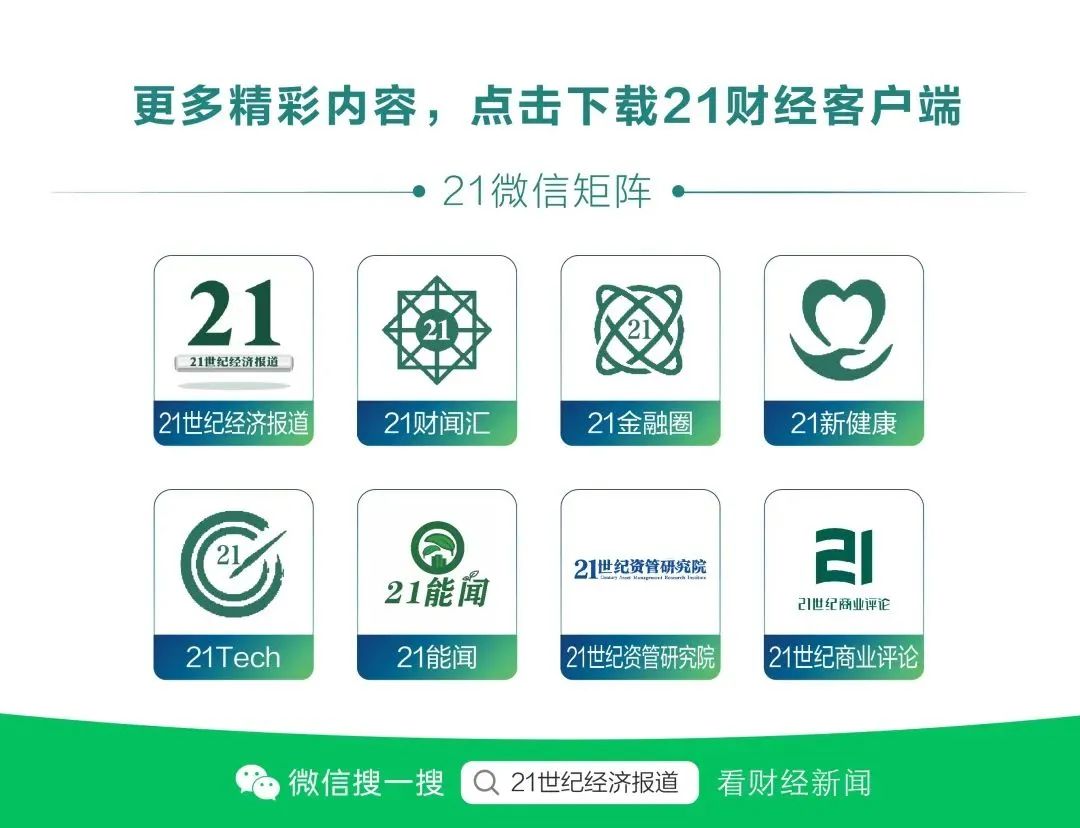
Author: Lin Dianchi
Editor: Sun Chaoyi
Recently, the world’s first humanoid robot half marathon was held in Beijing. In this 21.0975-kilometer race, the “Tian Gong Ultra” developed by UBTECH in collaboration with the Beijing Humanoid Robot Innovation Center crossed the finish line with a time of 2 hours, 40 minutes, and 42 seconds, winning the title of the world’s first humanoid robot half marathon.
In addition, during the testing phase, the Leju Kuafu robot from Shenzhen completed a 5-kilometer run with zero errors and zero machine changes. In the official competition phase, the Leju Kuafu robot also finished successfully.
This robot half marathon was more like a preliminary test before the industrialization of robots; daring to step onto the field perhaps represents courage and strength. Among the cities most capable of participating in the wave of robot competition, Beijing, Shenzhen, and Hangzhou stand out.
Today, Shenzhen’s “robotic team” has already been “running” in various niche markets. The first publicly listed humanoid robot company in China was born in Shenzhen, and this humanoid robot company continues to lead the development of the era, bringing collective intelligence into humanoid robots.
Recently, UBTECH completed the world’s first multi-robot collaborative operation test in various scenarios and tasks at the Zeekr 5G smart factory. This test involved complex scenarios such as the assembly workshop and quality inspection area, covering industrial tasks like collaborative sorting, heavy load transportation, and precision assembly.
Driven by leading companies like UBTECH and Leju Robotics, Shenzhen is gradually nurturing a “Robot Valley” located in and around the University Town, nestled between the southern foothills of Yangtai Mountain and Tanglang Mountain, extending along Liuxian Avenue and Metro Line 5 from Changlingbei to Xili and Liuxiandong.
In this narrow valley, there are research institutions, well-known universities, and famous robotics companies, forming a unique industrial cluster that integrates production, education, and research.
Here, there are scientific institutions similar to those in Silicon Valley, including Southern University of Science and Technology, Shenzhen University Xili Campus, Harbin Institute of Technology (Shenzhen), Shenzhen Institute of Advanced Technology, Peking University Shenzhen Graduate School, Tsinghua University Shenzhen International Graduate School, and Shenzhen Polytechnic. Additionally, there are institutions focused on finance and capital market education, such as the Capital Market Institute and Peking University HSBC Business School.
In addition to UBTECH, companies in the “Robot Valley” industrial chain include “collaborative robot leader” Yujian Technology, Suton Juchuang, as well as Kuma Technology, Zhifang Technology, Kenking Technology, Yunji Intelligent, Tianyi Technology, Pudu Technology, and Pasini, with industrial parks housing these companies located in Nanshan Zhiyuan, Zhigu and Yungu.
Moreover, after the success of Yushu Technology, it also chose to establish an office in the “Robot Valley” area.
Industry insiders say that leading companies in the robot industry chain have begun to show their strength in the “Robot Valley”, gradually gaining global competitive power. Liuxian Avenue is expected to become China’s robot avenue in the future.
One noteworthy detail is that recently, Intel held a presentation for embodied intelligence solutions, launching its integrated brain and small brain solution, also choosing to host it at the Intel Greater Bay Area Technology Innovation Center near Liuxiandong, which was packed with attendees, attracting many robotics professionals for exchange and learning, with participants willing to stand to hear the entire presentation.
In early March this year, Shenzhen released the “Shenzhen Embodied Intelligent Robot Technology Innovation and Industry Development Action Plan (2025-2027)”. By 2027, Shenzhen aims to cultivate more than 10 enterprises with a valuation exceeding 10 billion, more than 20 enterprises with revenue exceeding 1 billion, achieve the landing of over 50 billion-level application scenarios, and have the related industry scale exceed 100 billion, with more than 1,200 companies in the embodied intelligent robot industry cluster.
SFC
Editor for this issue: Jiang Peipei
Recommended Reading
Record-breaking 44 events in one day! Robots are also getting involved! Why is the marathon so popular?
Robots “start running”: the marathon finish line, a new starting point for the industry
Can humanoid robots become the new companions for young people?
